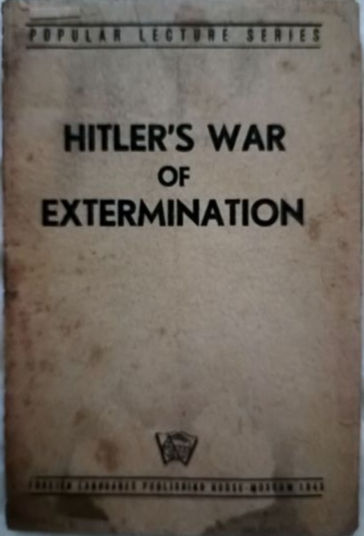Combating Terrorism: How Prepared Are State and Local Response Organizations? (2006) By Lois M. Davis, Louis T. Mariano, Jennifer E. Pace, Sarah K. Cotton, Paul S. Steinberg
This book presents the results of the third and final wave of a national survey to elicit assessments of state and local response agencies of the activities they have undertaken after 9/11 to respond to terrorist-related incidents and of federal programs intended to improve preparedness and readiness for terrorism. The survey also sought information on how state and local agencies are resourcing these activities. The survey results indicate that:
- In response to the 9/11 attacks, state and local response organizations took a number of steps to improve preparedness, e.g., updating mutual-aid agreements for emergencies and response plans for chemical, biological, and radiological incidents and conducting risk assessments.
- Response organizations that perceived a higher threat of terrorism for their jurisdiction were more likely to take action to improve response capabilities than organizations that perceived a lower threat, regardless of whether they had received external funding to support these activities.
- Organizations varied in how they financed these efforts — some increased internal spending or reallocated resources — and in receipt of external funding.
- State public health agencies and emergency management services received federal support early in 2002, but first responders did not receive federal support until spring 2003.
- Organizations varied in their expectations about the role of the military and the National Guard in a large-scale terrorist incident, suggesting variation in the planning assumptions they are using.
- Participation with the private sector in joint preparedness activities needs improvement, as does coordination between public health agencies and emergency responders.
- Organizations have high expectations for the Department of Homeland Security, particularly for funding support and for information about terrorist threats. However, appropriations for federal homeland security assistance have been steadily decreasing.
In light of the catastrophic impact of hurricanes Katrina and Rita, controversy has arisen over whether state and local organizations have overemphasized preparedness for terrorism at the expense of emergency preparedness for natural disasters. Our survey results suggest that the events of 9/11 spurred response organizations not only to undertake preparedness activities for terrorism-related incidents, but also to make general improvements in emergency response. All these activities support overall preparedness for any catastrophic event.
- Soft Cover
- 167 Pages
- In Good Condition
































